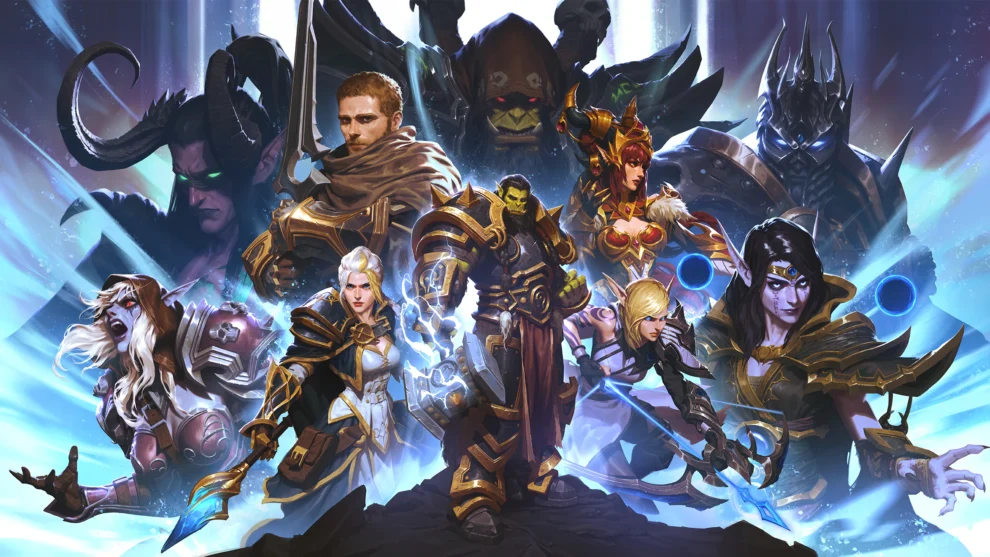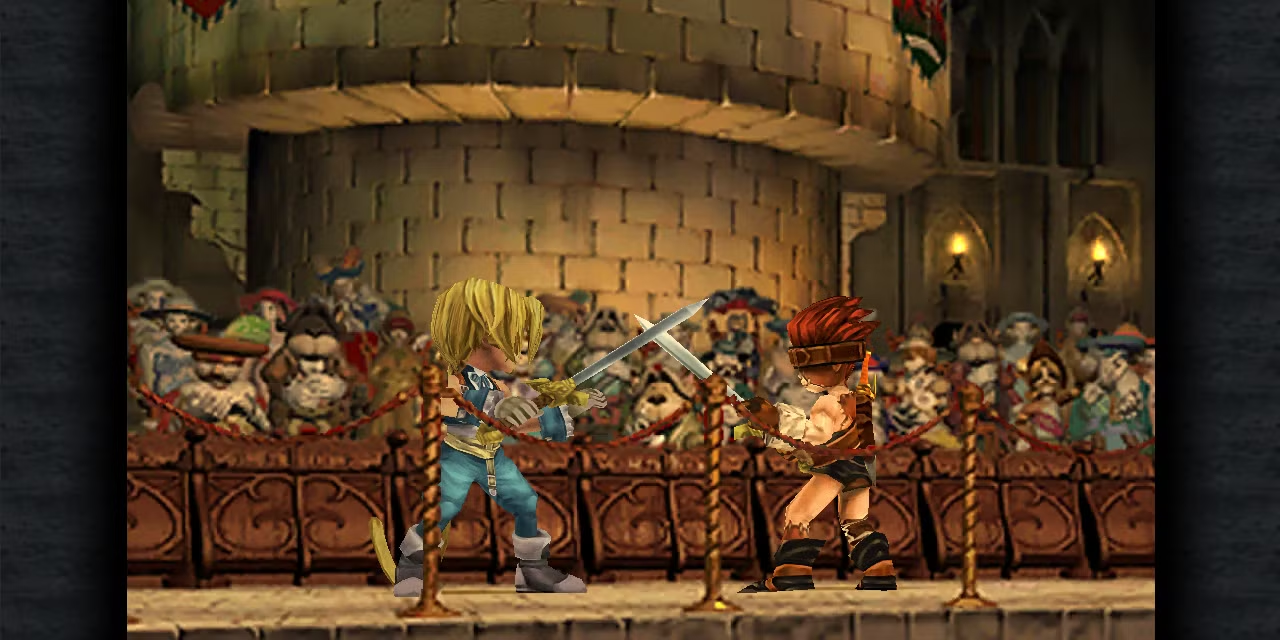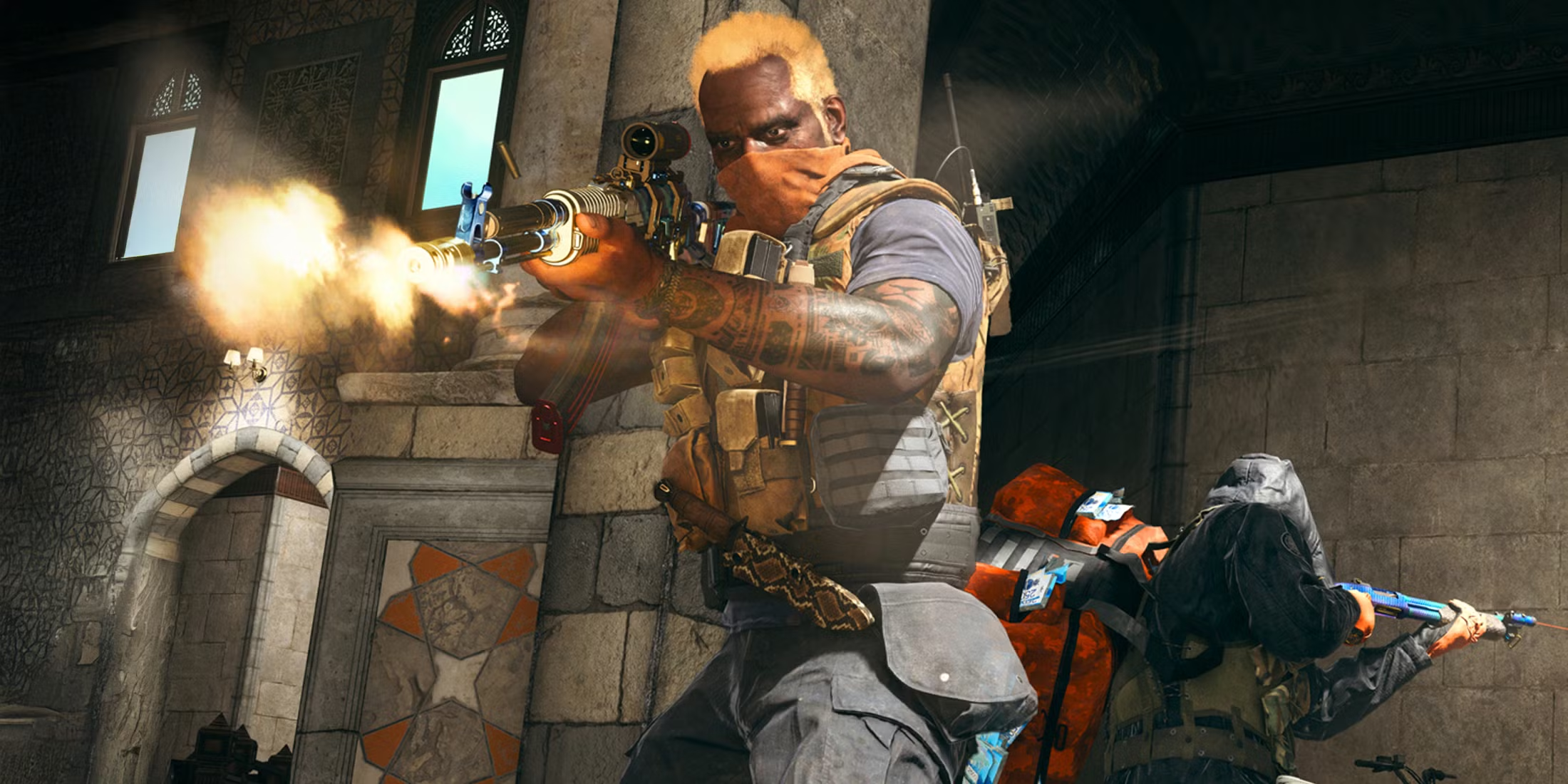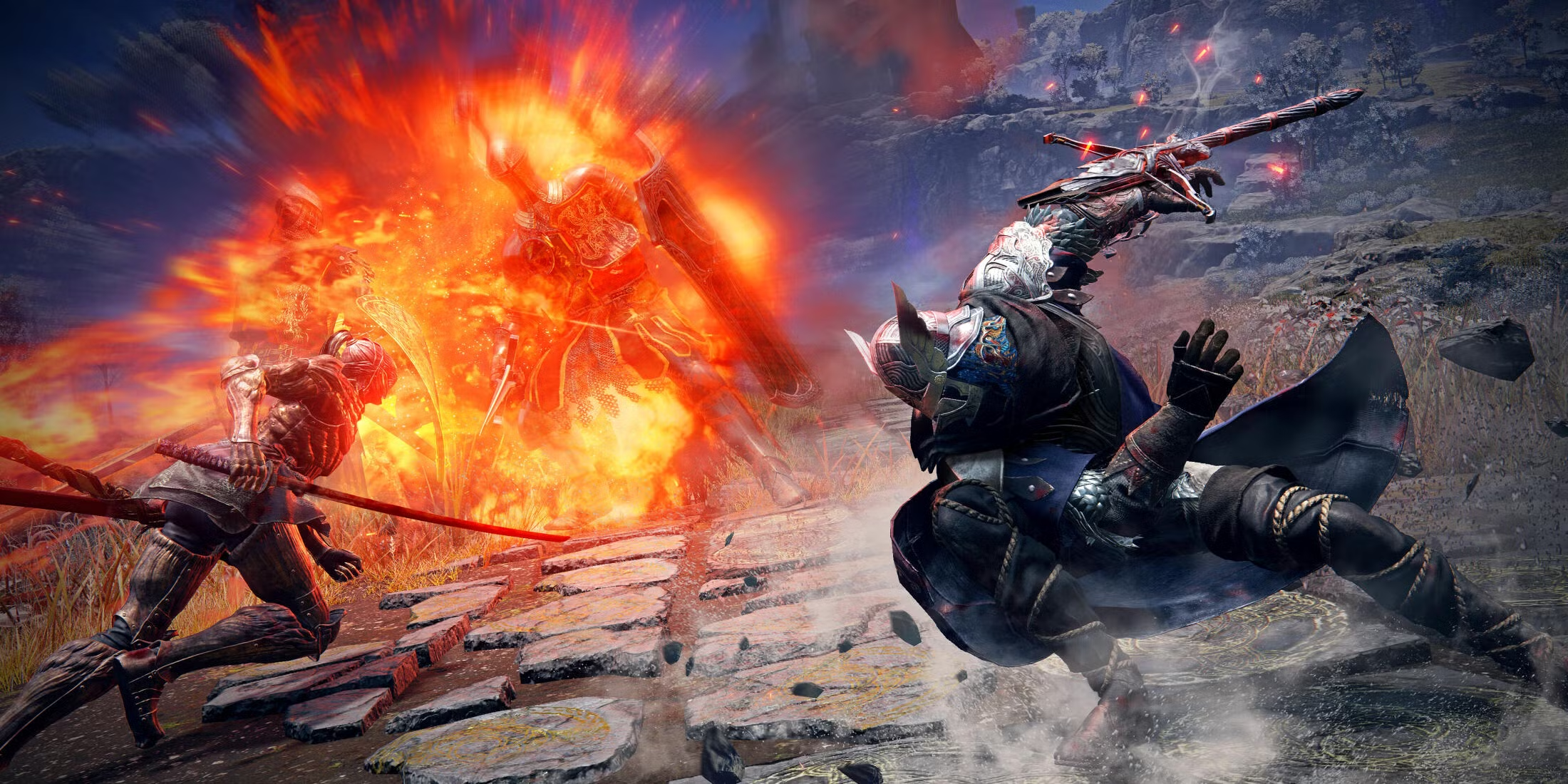The World of Warcraft we know today is both intimately familiar and strikingly different from the game that launched two decades ago. This evolution, while sometimes jarring for long-time players, is entirely by design. Blizzard has consistently adapted WoW to changing player expectations, new technology, and evolving design philosophies. This article delves into the fascinating journey of World of Warcraft, exploring how it has managed to remain relevant while undergoing a constant metamorphosis.
November 23, 2004, marked the dawn of a new era in online gaming. World of Warcraft, Blizzard Entertainment’s ambitious MMORPG, invited players to explore the vast and enchanting world of Azeroth. What started as a relatively niche genre exploded in popularity, with WoW at its forefront. The game’s success stemmed from its immersive world, engaging gameplay, and accessibility. It took the existing formula of Everquest and refined it, creating an experience that captivated millions.
Twenty years and ten expansions later, World of Warcraft has become a titan of the gaming industry. Yet, it’s also a game that has undergone a dramatic transformation. From the simplistic class design of vanilla WoW to the complex specializations of today, from the grounded world of early Azeroth to the cosmic adventures in the Shadowlands, the game has continually reinvented itself. This constant evolution is a key reason for its longevity, but it also raises questions about the game’s identity and its future.
The Ever-Shifting Sands of Time: A Personal Journey
I remember stepping into Azeroth for the first time back in 2005. The world felt massive, dangerous, and full of wonder. Simple tasks like traveling from Elwynn Forest to Westfall were an adventure in themselves. Fast forward to today, and the game feels vastly different. Flying mounts, instant teleportation, and streamlined leveling have shrunk the world and accelerated the pace of play. While I appreciate the convenience these changes offer, I sometimes miss the sense of scale and exploration that defined early WoW.
This feeling of change is echoed throughout the community. Veteran players often reminisce about the “good old days” of vanilla WoW, while newer players embrace the modern game with its faster pace and greater accessibility. This dichotomy highlights the challenge faced by Blizzard: how do you cater to a diverse player base with vastly different experiences and expectations?
Evolving Gameplay: From Grind to Glamour
One of the most significant changes in WoW’s history has been the shift in gameplay focus. Early WoW was defined by its challenging leveling process, time-consuming raids, and emphasis on community building. The game demanded patience, dedication, and a willingness to collaborate with others.
Modern WoW, while still retaining elements of its hardcore roots, has become more accessible and streamlined. Leveling is faster, raids are more forgiving, and many quality-of-life improvements have been implemented. This shift has broadened the game’s appeal, but it has also led to criticism from some players who feel that WoW has lost its “soul.”
The Lore Explosion: From Warcraft to World of Warcraft
World of Warcraft’s lore has undergone a dramatic expansion since its inception. The original game drew heavily from the established Warcraft universe, focusing on the conflict between the Horde and the Alliance. Over time, the narrative has grown increasingly complex, introducing new races, cosmic forces, and alternate realities.
This expansion of lore has been a double-edged sword. On the one hand, it has enriched the game’s world and provided countless hours of engaging storytelling. On the other hand, it has also led to criticism that the narrative has become convoluted and unfocused. Some players feel that the game has strayed too far from its Warcraft roots, venturing into territory that feels alien and disconnected.
The Role of Nostalgia: Classic WoW and the Quest for the Past
The launch of World of Warcraft Classic in 2019 was a testament to the enduring appeal of the original game. Millions of players flocked back to experience Azeroth in its “pristine” state, reliving the challenges and triumphs of vanilla WoW.
The success of Classic WoW highlights the powerful role nostalgia plays in gaming. It also demonstrates the enduring appeal of the core gameplay loop that defined early WoW. While modern WoW may offer more content and convenience, Classic WoW provides a unique experience that cannot be replicated.
Looking Ahead: The Future of World of Warcraft
As World of Warcraft enters its third decade, the question remains: what does the future hold for this iconic MMORPG? Blizzard has shown a willingness to adapt and evolve, but it must also balance this with preserving the core elements that define the game.
The upcoming expansion, Dragonflight, offers a glimpse into the future of WoW. It promises a return to Azeroth, a focus on exploration and discovery, and a renewed emphasis on player agency. Whether this will be enough to satisfy the game’s diverse community remains to be seen.
One thing is certain: World of Warcraft will continue to evolve. The game that exists twenty years from now will likely be just as unrecognizable to us today as the current game is to players of vanilla WoW. This constant evolution is both exciting and daunting, but it is also a testament to the enduring appeal of Azeroth and its inhabitants.
World of Warcraft at 20 is a game that is both familiar and unrecognizable. It has undergone a remarkable transformation, adapting to changing times and player expectations. While this evolution has sometimes been controversial, it has also ensured the game’s longevity. As WoW enters its third decade, it remains a vibrant and dynamic world, full of adventure and possibility.









Add Comment